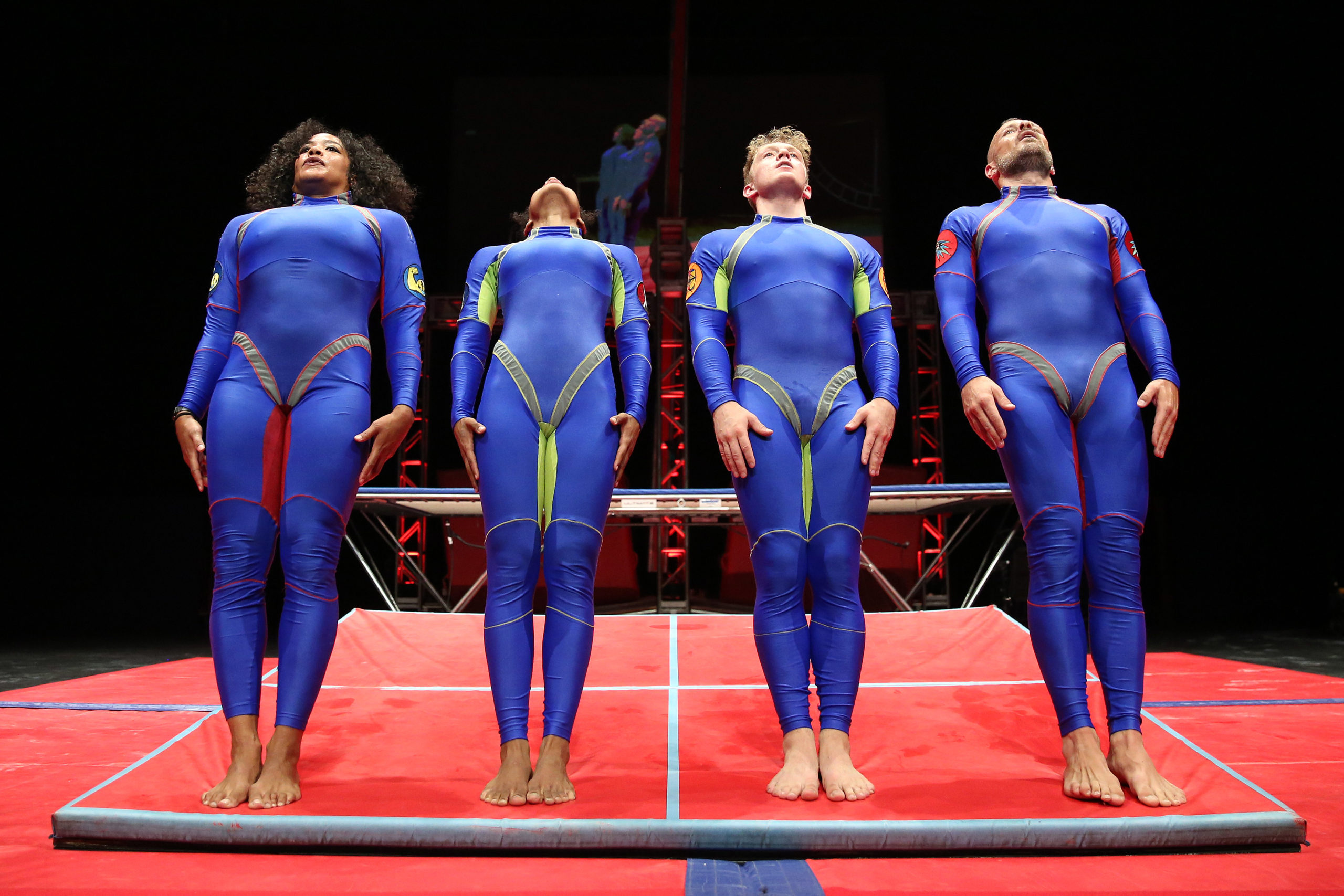
Dealing with slips, trips and falls is an unfortunate but inevitable part of teaching dance, and you’ve likely supported your dancers through a fair share of embarrassment and bruises.
One way to make these events less traumatic: Teaching your dancers how to fall. “If we’ve practiced it, then when it accidentally happens, our motor system and our nervous system will already have ideas of how to fix the situation,” says athletic trainer Megan Richardson. “But if we don’t practice it, and we’re always upright, our system is not going to respond.”
Learning to fall isn’t just a form of disaster prevention: Your students will likely be asked to fall at some point in their dance training, whether they’re a contemporary dancer melting into the floor, a breaker exiting a headstand or a ballet dancer performing fight choreography. Use these basics to safely teach your students to fall with grace and confidence.
Break It Down
As much as we may want choreographed falls to appear spontaneous, falling safely actually means your dancers need to know exactly how they’re getting from vertical to horizontal.
Especially with younger or less advanced dancers, it’s your job to make sure you know the mechanics of a fall before you teach it, says Richardson, rather than having dancers be “guinea pigs” and try something until it works. The more you can break it down into steps, the better—be sure to leave lots of space for questions, and to go slowly. Be clear about what a fall entails from the get-go, so dancers know what they’re getting into and can assess their own risk.
Sequencing the progression of how a fall works can also help relieve dancers’ fears. “If the pathway is unknown, that’s where the anxiety can come in,” says Allysen Hooks, a New York City–based contemporary dancer, choreographer and teacher. “Break it down first—what is going to happen in my joints in order to get closer to the floor? What part of my body is going to touch the floor first? And then, once the pathway feels clear, try it with more momentum or surrender to gravity.”

Disperse the Impact
Falling with minimum discomfort and injury risk comes down to physics: The more surface area you can get on the ground at once, the more you disperse the impact. This means teaching students to fall on large, padded areas, like the side of the thigh and the glutes, says Richardson, rather than on bony areas, like hands and knees.
At STREB Extreme Action, dancers land completely flush with the ground, says co-artistic director Cassandre Joseph, usually onto a mat. Though they may fall from heights of up to 30 feet, at STREB classes, students begin by dropping just a centimeter from a plank position, then gradually building height. That way, “no matter what happens in the air, your body is aware enough to arrange itself quickly and take that hit flush,” she says.
Soften Into It
There are infinite ways to get to the floor from a standing position, points out Hooks, from crumbling to spilling to diving. But no matter the quality of the fall, finding softness can make it less effortful, and potentially less painful. For one, softening the joints can help your students get closer to the floor before they actually have to fall, making the distance they need to travel much smaller. It can also make for a smoother, safer impact: “If your body is tense as you approach the floor, that’s when you’re more prone to injury or just discomfort,” Hooks says. “Instead, think of suppleness, the pliability of the joints and of surrendering into gravity.”
Hooks uses imagery to help students access softness when falling, like “Melt the contents of your knee,” “Find deep, soft creases in your hip joints” or “Imagine you’re landing on a lily pad.” “Just keep adding visual or textual information that their imaginations might grab on to,” she says.





